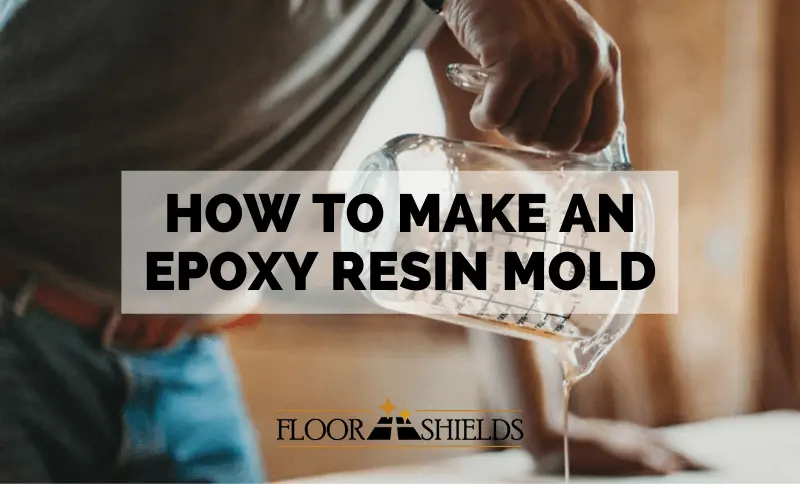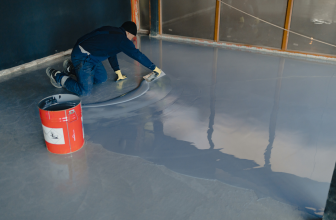
There are several resins which can be used for casting which include polyurethane resin, polyester resin, and epoxy resin. While the former two have many uses and tend to be cheaper, epoxy resin is the one which offers the greatest degree of durability.
Epoxy resin is used for many products such as adhesives, coatings, varnishes, and sealants. When in liquid form, its properties also allow it to be poured into molds, and the resultant items that are cast are extremely robust, tough and durable.
While some of these include components for aircraft and boats, epoxy resins can also be used to make more down-to-earth products such as jewelry and decorative items. In order to make any of them, molds need to be created, and you are about to find out how to make them.
Insert Image
Reasons for Making an Epoxy Resin Mold
If you are unfamiliar with epoxy resin, then you might be wondering why you would want to make a mold for it in the first place. There can be many reasons, but the main ones are as follows:
- To replace an existing item which is already made from epoxy resin. This might be the case when the existing component has become worn or has broken, and thus needs to be replaced with an exact match in terms of size and shape
- To replicate an item which has been made from a different material. This scenario might exist if the current material is proving to be unreliable or not durable enough, or if you have an original template, and replicating it in epoxy resin will give it the durability you require
- To create a new component or product and epoxy resin is the material you wish it to be made from.
For the first two scenarios, it is possible that you will already have created a mold for the original item, and you would therefore simply use this to replace or replicate it. Alternatively, if no mold exists, you will need to create a new mold by using an identical item to the one you wish to replicate.
With the third scenario where we are creating a brand new item, it should be obvious that a completely new mold will need to be created.
Make a Mold Using an Existing item
Here is a ten step process to make a simple mold for an epoxy resin item using the following items and ‘ingredients.’
- Mixing bowl
- Water at room temperature
- Liquid soap
- Stirring rod
- Construction silicone (squeezable tube)
- Plastic gloves
- Item to be copied
- Timer
Steps 1-10
- Fill the bowl with water.
- Add liquid soap and stir it into the water. The mix should be 10:1, water to soap.
- Squeeze sufficient construction silicone into the bowl for the size of the item you wish to replicate.
- Wearing plastic gloves, knead the silicone under the water for about 5 minutes.
- Once you feel that the silicone is no longer sticky, remove it from the bowl.
- Roll the silicone between your hands to make a ball.
- Place the silicone ball on a clean, flat surface, and flatten it into a disc. The disc should be thicker than the item you are going to you are going to mold.
- Ensuring the design side of the item is face down, press the it into the silicone disc, ensuring there are no gaps on the edges.
- Allow several hours for the silicone mold to ‘harden.’ Note the silicone will never go rock solid, and should remain flexible.
- Lift the silicone disc and gently flex it so that the item can be removed. Your mold is now ready.
At this point, you can use the mold with epoxy resin to recreate the original item. Before removing epoxy resin from the mold ensure that it has hardened first.
Insert Image
Create a Mold from Scratch
Creating a mold for epoxy resin for an item or component that doesn’t exist yet is the more difficult of the two. The material from which the mold will be made is no different but creating the shape within the mold from which the epoxy resin item is going to be cast, will take more work.
Ideally you need to create a replica of the item you want to make using another material. The use of machinery might be required such as cutting lathes or mills, or if you have access to the latest technology a 3D printer might be the answer.
At the other end of the scale, there is good old-fashioned hand crafting to create one template item from which the mold can be formed using the ten step process outlined above.








